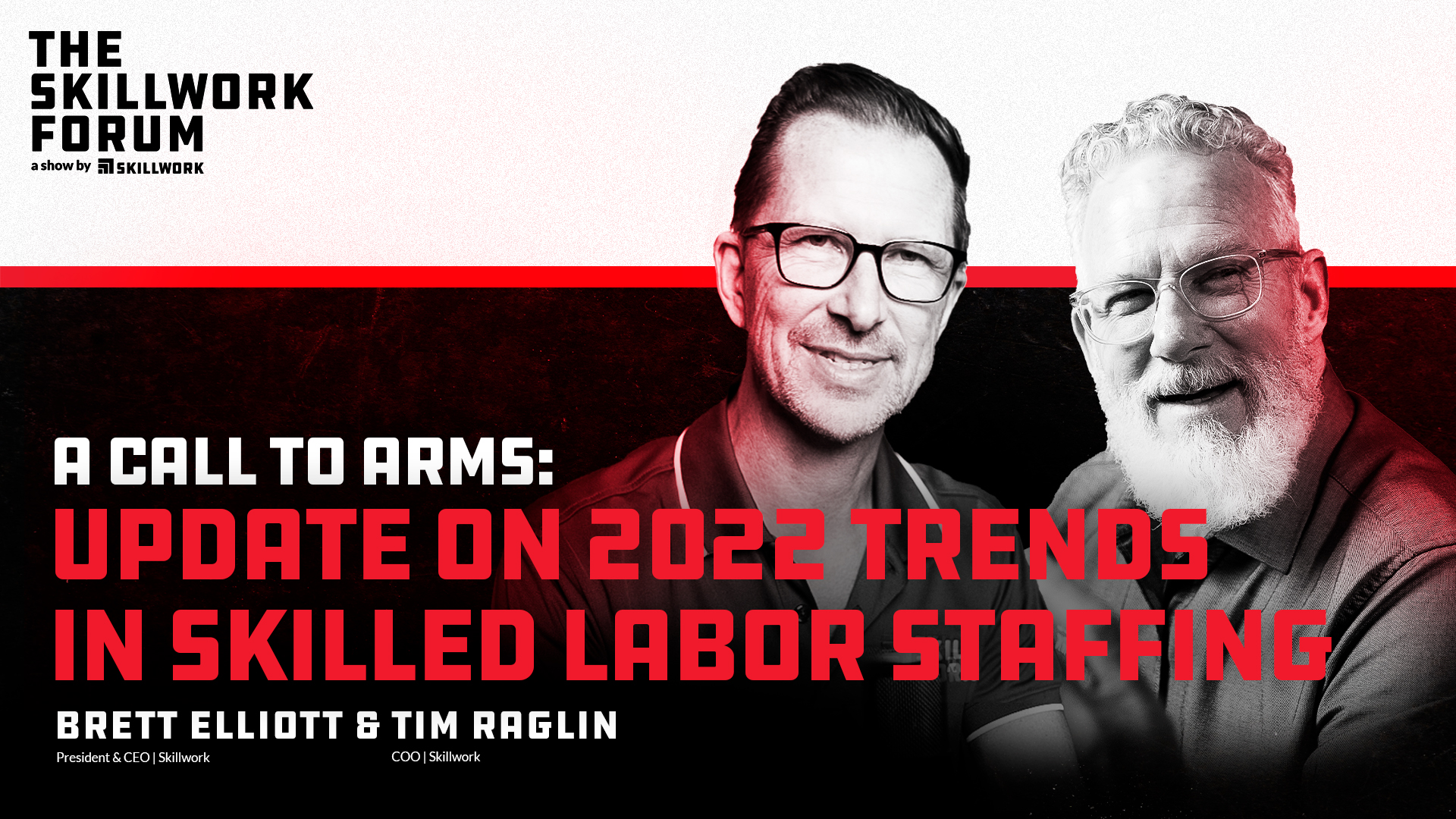The Cost of Not Changing: Dissatisfied Customers

Over the past several weeks, we have been exploring this question:
At what point does the pain of not changing cost more than the price of change?
In other words, what are the factors that drive us to consider change when our tried and true methods are no longer working? In this article, we will focus on the pain of having dissatisfied customers and some of the ways that your internal staffing shortfalls may be exacerbating that pain.
No one likes an unhappy customer
As a business leader, manager, or owner, I’m not sure anything causes as many sleepless nights as knowing you have a customer that is unhappy with your performance. For whatever reason—you might be failing to deliver on time, not meeting deadlines, or producing inferior quality products. Customers are not bashful and will be quick to let you know if they are unhappy.
Conversations you used to look forward to are now dreaded.
The goodwill and strong relationship you’ve worked so hard to establish over years suddenly turn sour.
Long-time customers won‘t return your calls. Instead, they reach out to your competitors for solutions.
All of us have been in similar situations, and often, the appropriate response is simply to address their issue, solve the problem, correct the deficiency. But what if you don’t have a viable solution to their concern? What if you know the reason they are dissatisfied, but you can’t see any way to offer relief?
The root cause of customer dissatisfaction might be found in your workforce (or lack thereof)
If you find yourself in this position, there are likely many contributing factors. But one of the primary reasons we often see as the root cause for companies failing to meet customer expectations is simply a lack of qualified workers they need to do the job.
If your company does not have the appropriate level of staff to meet demand, produce quality products, or address customer concerns, then the end result will likely be very unhappy customers.
Here are a few realtime examples from customers we are working with that have found themselves in this situation:
-
- Current staff were so overwhelmed that they were forced to lower standards as they unsuccessfully juggled production, customer service, and basic operations and maintenance. Eventually, they couldn‘t keep all the plates spinning and output suffered.
- They couldn’t find the right people they needed, so they had to hire less qualified employees which reduced overall efficiency and resulted in longer-than-normal wait times for their customers.
- Unable to get the maintenance personnel needed, this company was forced to shut down or greatly reduce capacity on production lines resulting in either late delivery or shorting orders for critical customers.
- Projects were forced to start later than desired, current projects are delayed and overall quality is substandard—meaning more rework and customer complaints.
- Lack of time and resources to identify and correct quality and performance issues meant that recurring problems were never fully resolved.
Customers won’t wait forever for you to improve their service
Bottom line is: if you can’t meet your customer’s expectations they will find an alternative. It’s not if, it’s when.
Customers leave because their experience with a product or service has failed to live up to their expectations. There is a huge cost to not meeting your customer’s demands.
The measurable cost of not meeting customer demands
-
- 51% of customers have switched brands due to bad service experiences, and 81% of them say the company could have prevented it.
- A full 8 out of 10 consumers won’t buy products from a company with negative reviews.
- Customers are 3 times more likely to tell their friends about a negative experience than they are a positive one.
- It takes 12 positive experiences to make up for one unresolved negative experience.
- It takes 6-7 times more effort to acquire new customers than it does to retain an existing one.
Happy customers have a measurable positive impact on your business
Obviously, the implications of unhappy customers are significant, but here’s the good news, you can avoid these impacts and reap the rewards of satisfied customers. Consider that:
-
- “Totally satisfied” customers contribute 14 times more revenue than “somewhat satisfied” customers.
- Customers whose issues are resolved by businesses tell 4-6 people about their positive experience.
- Customers are willing to stick with a company that hears and addresses their concerns.
Final thoughts
It’s no secret that being understaffed causes a wide variety of issues—but a significant one is a growing list of dissatisfied customers. As noted above, unhappy customers will go elsewhere, and nothing costs more than losing your current customers.
Additionally, reputation matters—losing one customer multiples the difficulty of finding new ones because bad news tends to spread, and your competitors are more than happy to take advantage of that fact. Conversely, happy customers are your best selling points and most important metric to future growth.
If you are facing challenges finding the skilled workers you need, consider partnering with a company who is an expert in this field. At Skillwork, we focus 24/7 on finding, placing, and managing great skilled workers that can augment your current staff, help you focus on meeting demand, and make sure your customers are satisfied.

